Lead • er • ship (noun)
The action of influencing or directing a group of people or an organization
Fa • cil • i • tate (verb)
- to make easier
- help move forward (an action)
- assist the progress of
Early in my career, I was working with a team of engineers in Phoenix. Their communication with other teams were a dysfunctional political minefield. Specifically, poor collaboration with their marketing team was impeding their business goals. They needed help. They asked me to improve the way they communicated their software updates so that the marketing team could get the right information out to clients before a launch and promote new features, improving sales.
I planned a 1:00 pm on-site meeting on a sunny day in July. About an hour before the meeting, I ran an errand. I parked my car for a quick in-and-out. When I hopped back in my car, it wouldn’t start. The battery was dead, a casualty of the Arizona summer. I was totally stuck, and sweating. And beginning to freak out. I was at the mercy of anyone willing to lend aid, and jumper cables, in the scorching heat.
By the time I got back to the office, I just had a few minutes to prepare before the meeting started. One look in the mirror confirmed that I needed to explain my appearance—my face was shiny with sweat; my hair had frizzed up. I was a mess. I was thinking, “How am I going to explain this?”
Here’s what came to me: As a facilitator, I’m like those jumper cables. We have a hot, sticky situation between two parties who can’t find a way to move toward their destination. And I’m here to make the right connections that will jump-start their performance.
The magic of facilitation lies in how we get people thinking and talking in a way that helps the organization move.
Over the years, this metaphor has occurred to me often. But not necessarily when I was in a room “facilitating.” It applied to most of my challenges as a leader.
Finding a way through the biggest leadership challenges I’ve faced has always involved facilitating a group of people toward a business goal. The value of my skills in strategy, management, and planning pale in comparison to the value of good facilitation.
Here are some of the “jumper cables” a good facilitative leader employs:
- The Power of Inquiry. Leaders should use the organization as a source of wisdom, experience, expertise, and insight. Skilled leaders know how to draw out the best from the team.
- The Power of Improvisation. Good leaders are nimble; they foster creativity and innovation, so the organization can respond to challenges with strength. For example, behaviors from improvisational comedy — like “yes, and,” “make your partner look good,” and “making random connections” – create synergy and bubble-up the best ideas.
- The Power of Process. It takes patience and experience to trust the process of collaboration. It’s not the shortest path to a result, but it does produce the best result.
When we jump-start productive work with groups of people, we all get stronger. That’s what leadership is all about.




